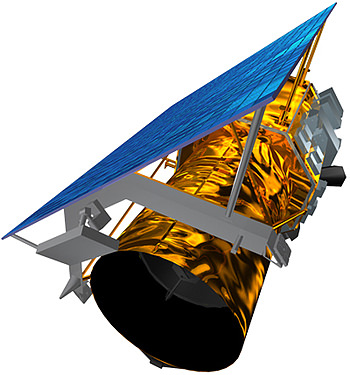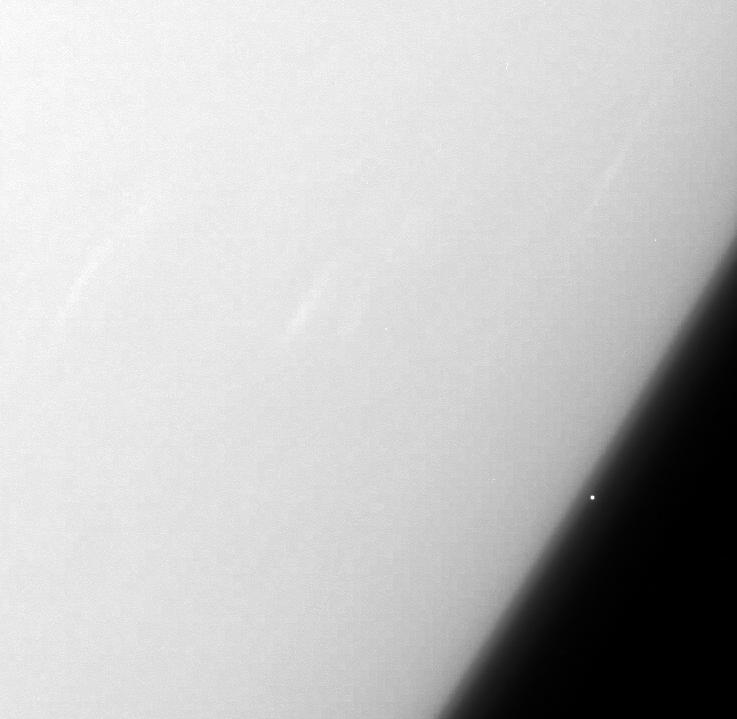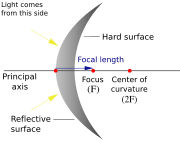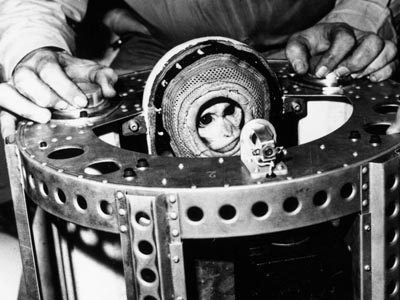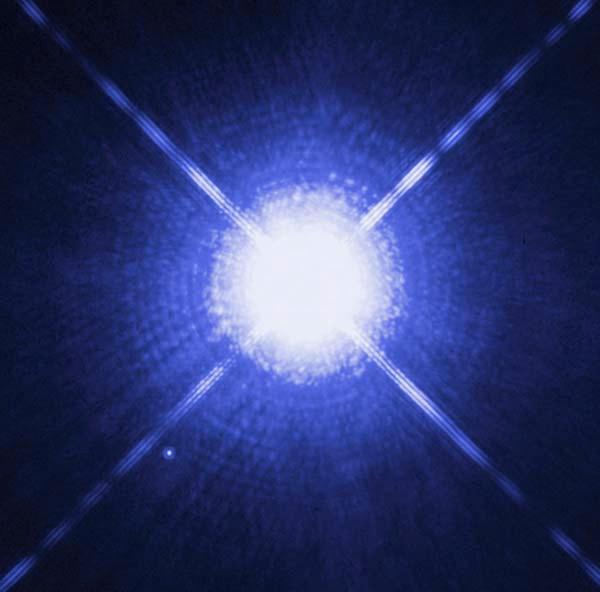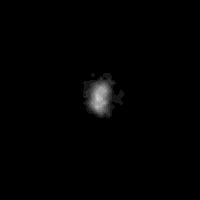If you’ve spent any time on the internet, you’ve probably had a chance to use either Google Earth or Google Maps. Both of these tools allow you to see a satellite view of the Earth, and zoom right in to see your home from space. But is there a Google satellite to take these photographs?
Google doesn’t actually have a satellite of their own. Instead, they use images from a variety of sources and store them on their servers. These images come from NASA satellites, USGS aerial surveys, and satellite photos from commercial operators. Google has an exclusive contract with a company called GeoEye, which recently launched their GeoEye-1 satellite. This commercial satellite blasted off on September 6, 2008, and is capable of resolving images on the Earth down to a size of 0.41 meters.
So how can you use these images? The easiest tool to use is Google Maps. This is a web-based tool that lets you browse around satellite photos of the Earth. You can zoom in and out, and type in a specific address anywhere on Earth to go right there. It also has driving directions, and all kinds of features that you can turn on and off to give you more information – like local sightseeing highlights.
The other tool that Google has created is called Google Earth. Unlike Google Maps, you actually need to download Google Earth to your local computer; PC, Mac, Linux, and even on your iPhone. Once you have the application installed, you see a 3-D version of the Earth that you can spin around, zoom in and out. You can zero in to any spot on Earth and see the highest resolution images they have available. There’s also a big community of developers who have created additional views that you can install. This lets you see additional photographs, contour maps, etc.
We have written many articles about Google satellite views. Here’s an article about how Google’s satellite had a bird’s eye view of the Obama Inauguration, and here’s a tool for Google Earth that lets you track satellite debris.
We’ve also recorded several episodes of Astronomy Cast about satellites. Listen here, Episode 100: Rockets.

